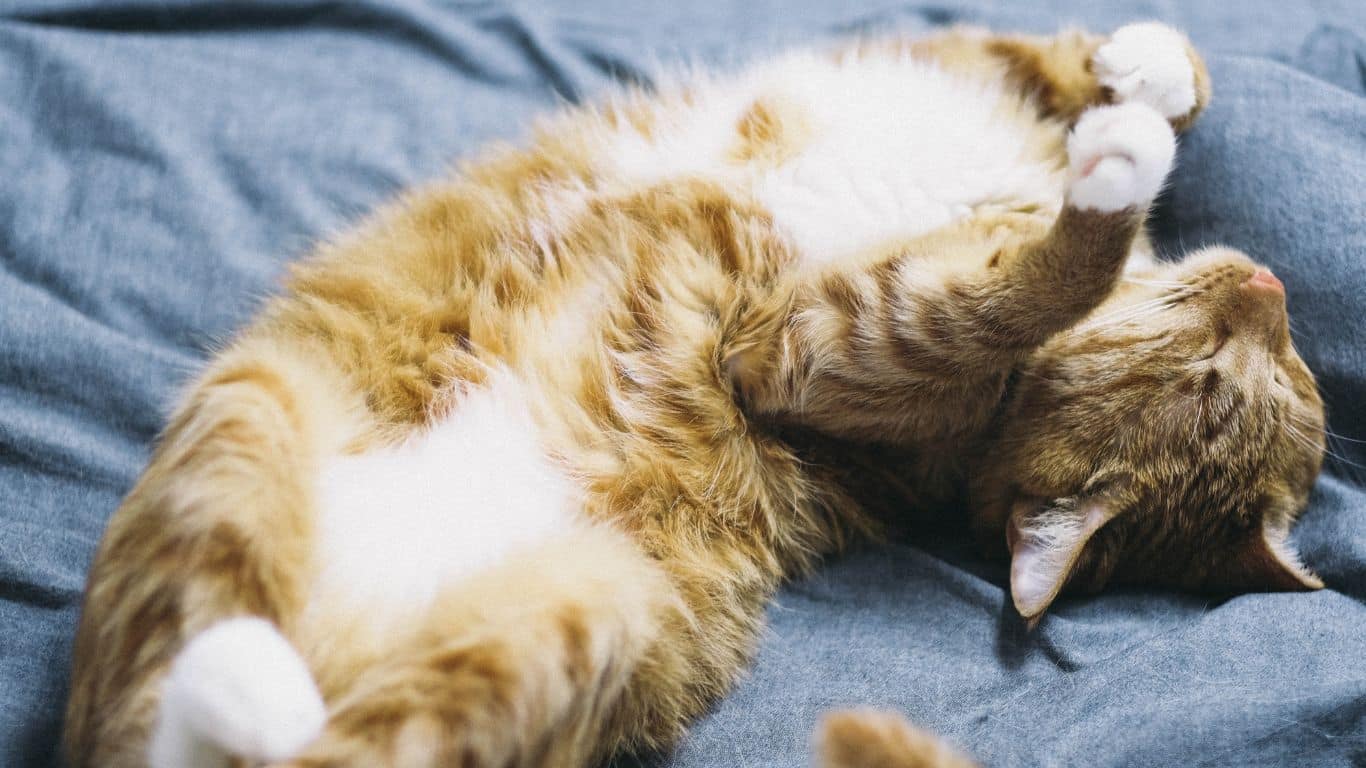Article written by Ethan Freedman
Originally published by Live Science (Wed, Oct 11, 2023)
Despite humans living with cats for thousands of years, scientists still don’t quite know how they make purring sounds. But new research appears to be edging us closer.
Scientists may have finally discovered exactly how cats produce their iconic purr—and it may come from a unique structure in our feline friends’ voice box.
Some scientists have long thought that cat purrs are the result of contracting and relaxing muscles in the vocal folds of the larynx. But the new research reveals this may not be the case, and instead suggests cats have special “pads” that help them produce their ultra-low-frequency purrs.
“We’ve lived with cats as pet animals for 10,000 years probably, and it’s one of the most famous animal sounds around,” Robert Eklund, a linguist at Linköping University in Sweden who studies purring but was not involved in the new research, told Live Science. “But we still don’t know how they do it.”
Many animal sounds are made by pushing air through the larynx — or “voice box” — where the air causes the vocal cords to vibrate and make sound. That’s how people speak and sing, and how cats make sounds like meows.

Some scientists previously thought that cats purr by actively contracting and releasing the muscles in the voice box to create the rhythmic “purring” sound as air is pushed through, the authors of the new study, published on Oct. 3 in the journal Current Biology, said in a statement.
To investigate further, these researchers pushed air through extracted larynxes from cats that had been euthanized because of terminal illness to find out exactly how the sound is made. (All of the cats’ owners consented to the larynxes being used.)
They found that the organs produced purr-like sounds simply by blowing air through them — without any of the larynx muscles contracting or releasing.
What’s more, the cats’ vocal cords were vibrating similarly to how human vocal cords vibrate while producing the “vocal fry” sound — the stuttering, staccato sound the voice makes when dropping into a lower register.
Purring is a very low-frequency sound for a small animal like a cat to make. Just like an upright bass will produce a lower sound than a violin, longer vocal cords will produce a lower sound than shorter vocal cords — that’s why mice have squeakier voices than people.
But despite their small size, cats may be able to produce low purring sounds thanks to “pads” of tissue attached to their vocal cords — which may help the cords vibrate at much lower frequencies, the authors of the new study suggested. While this new discovery doesn’t completely rule out the theory that cats actively use their muscles to produce a purring sound, it does open the door to new research, they add.
Eklund said that this research is a “milestone when it comes to explaining how purring is actually done.”
Yet reaching a definitive conclusion on how cats purr may be more complicated than it seems.
Theoretically, scientists could put a cat into a functional magnetic resonance imaging (fMRI) machine and watch what happens inside the brain as it purrs, Eklund said. But for that to work, the cat would need to be strapped down to remain completely still inside the scanner, while being convinced to purr at the same time, he added — which would be an ethically problematic experiment to do on an animal.
“It’s not like you can ask them to purr and they will do it,” Eklund said.


